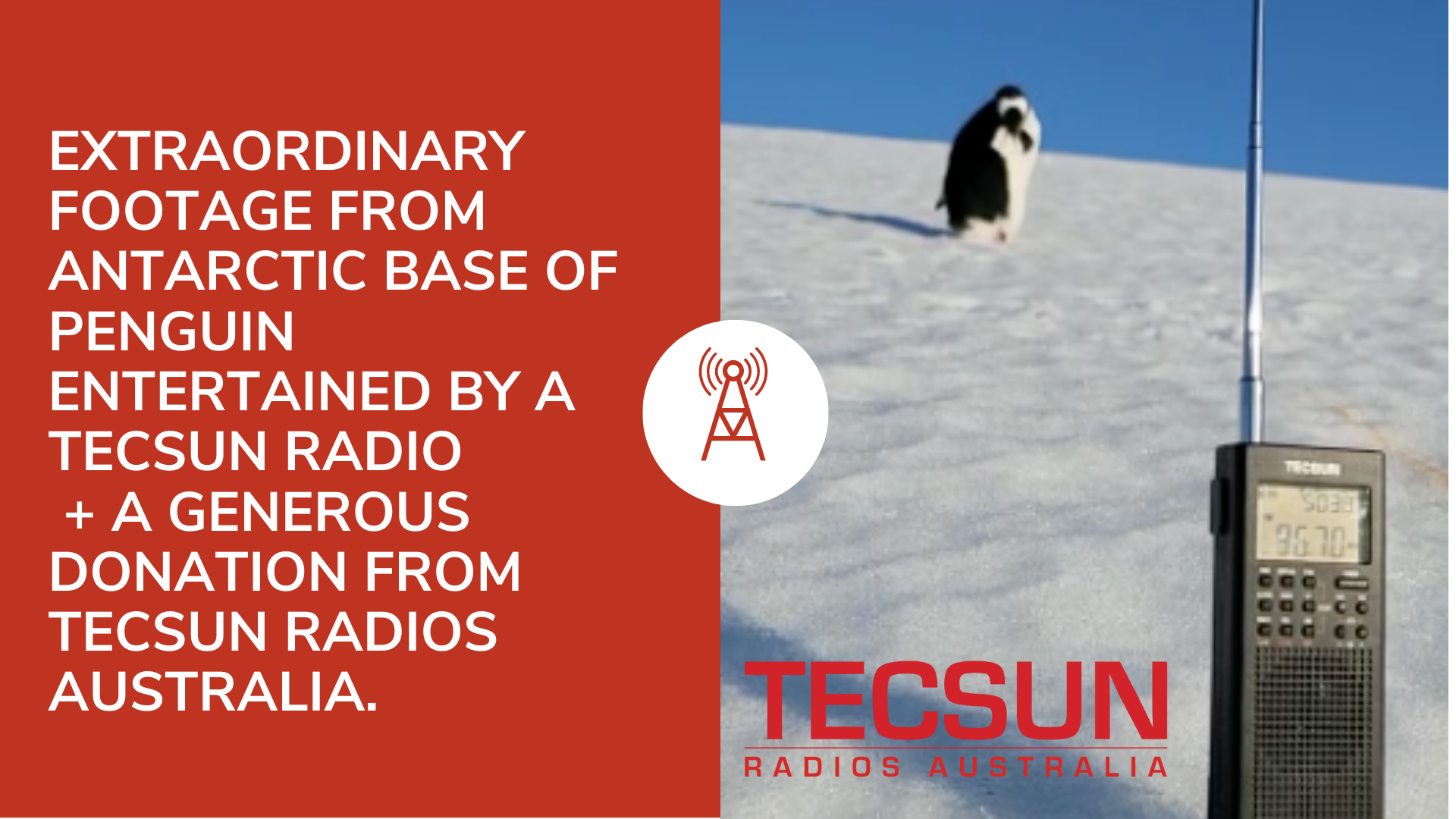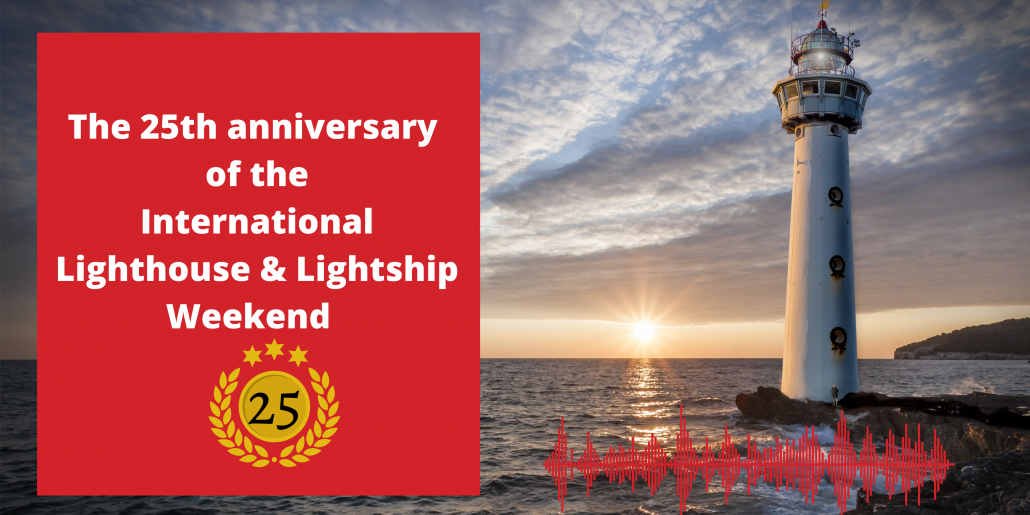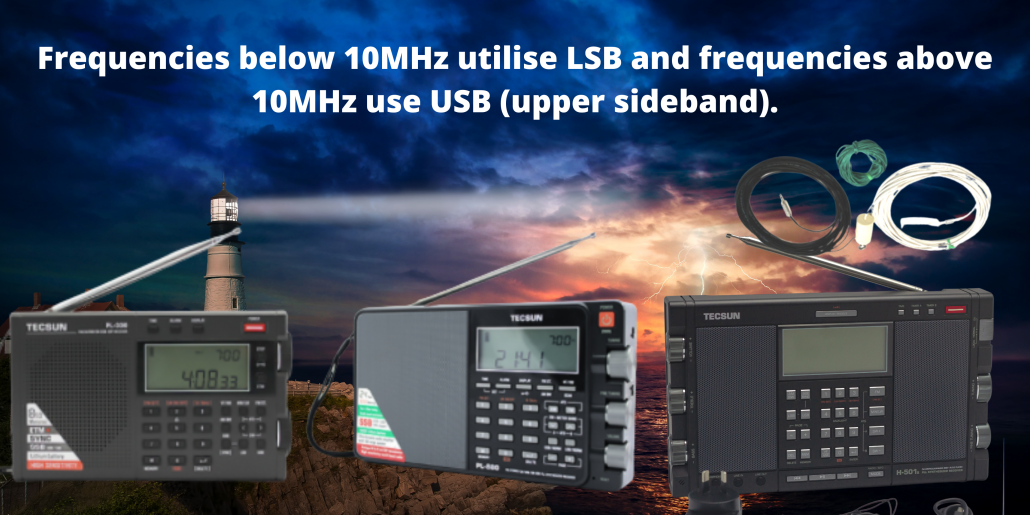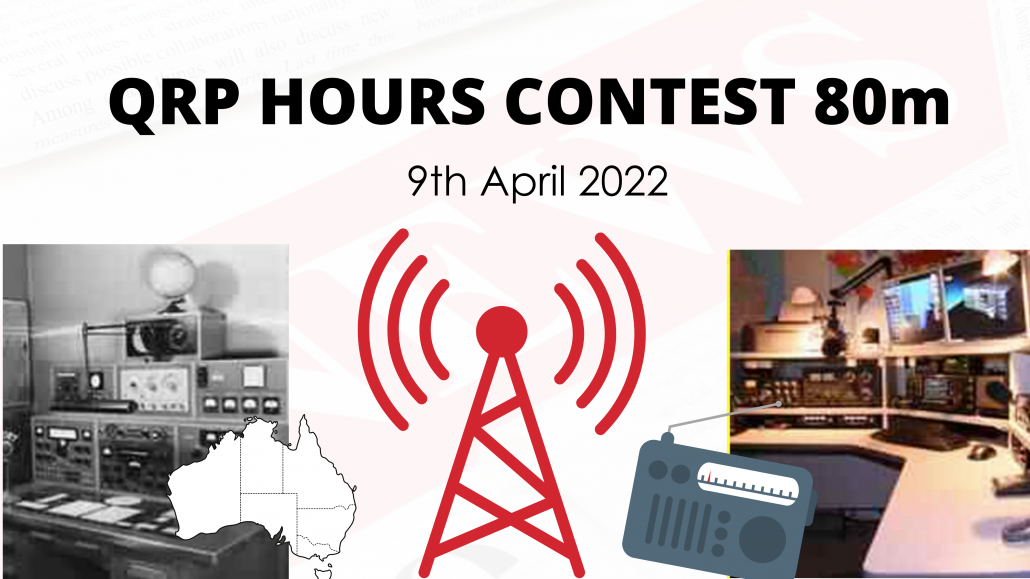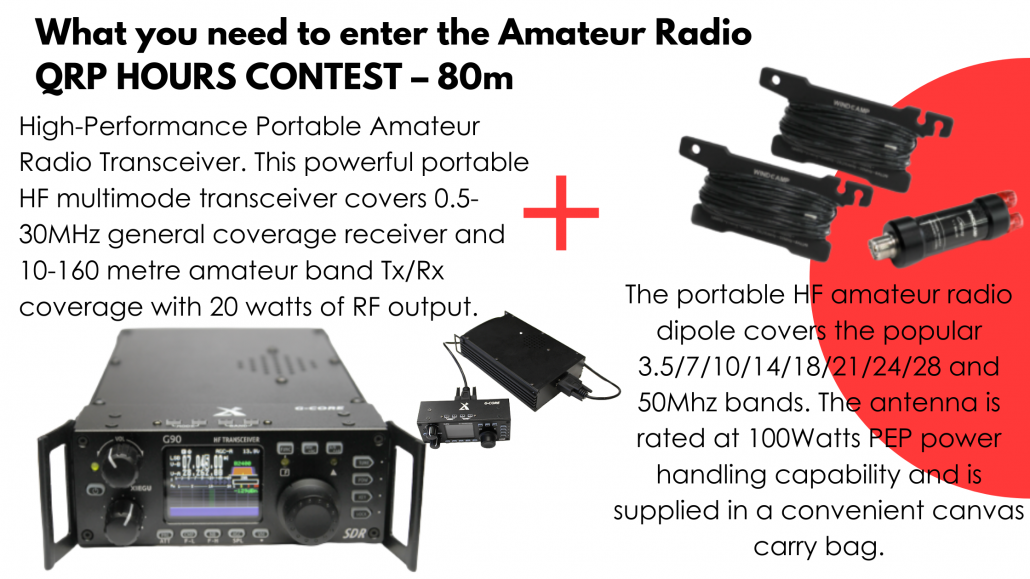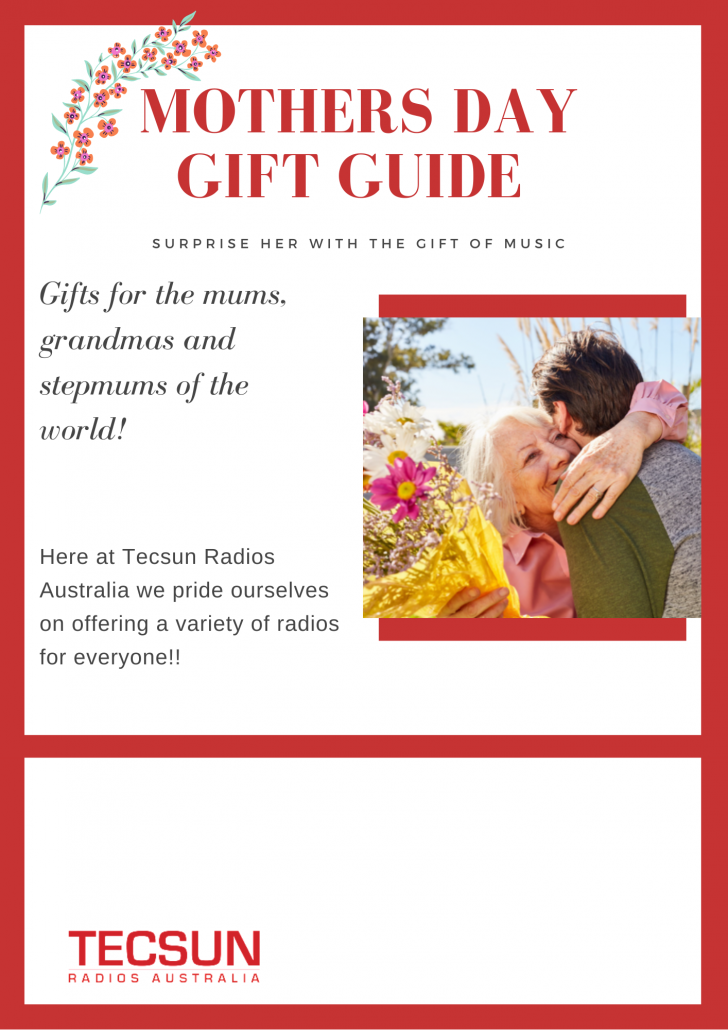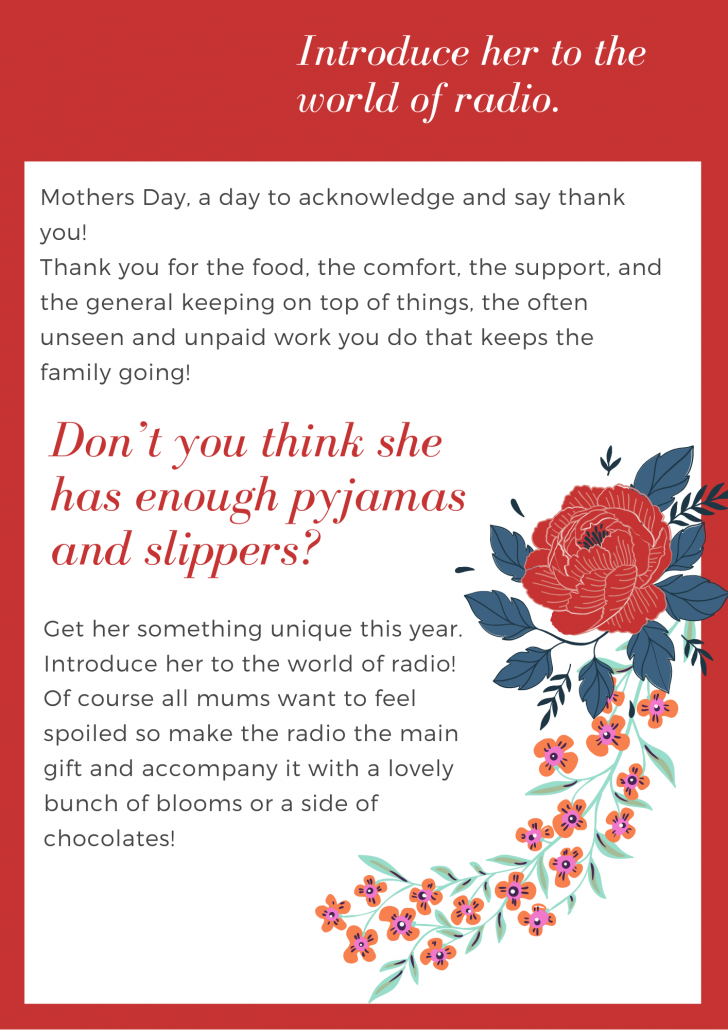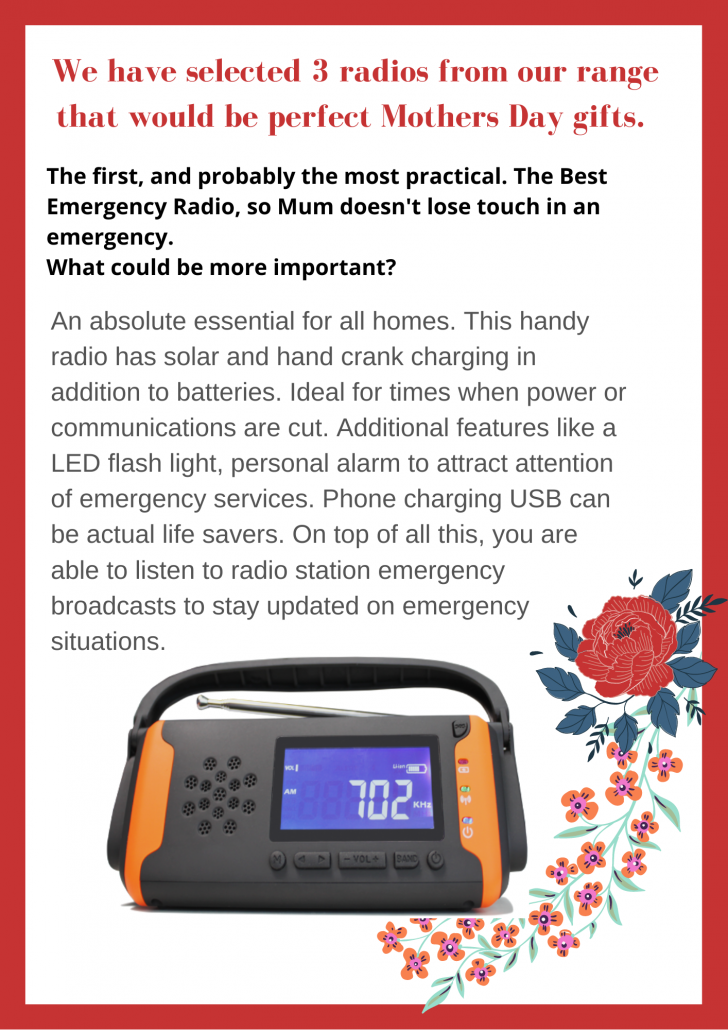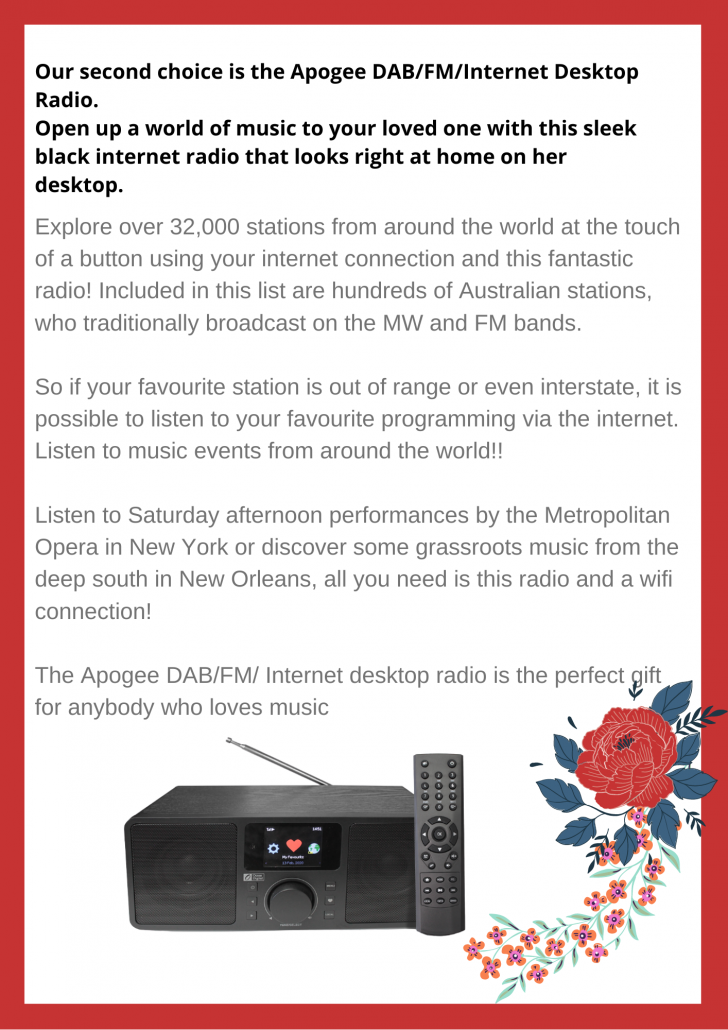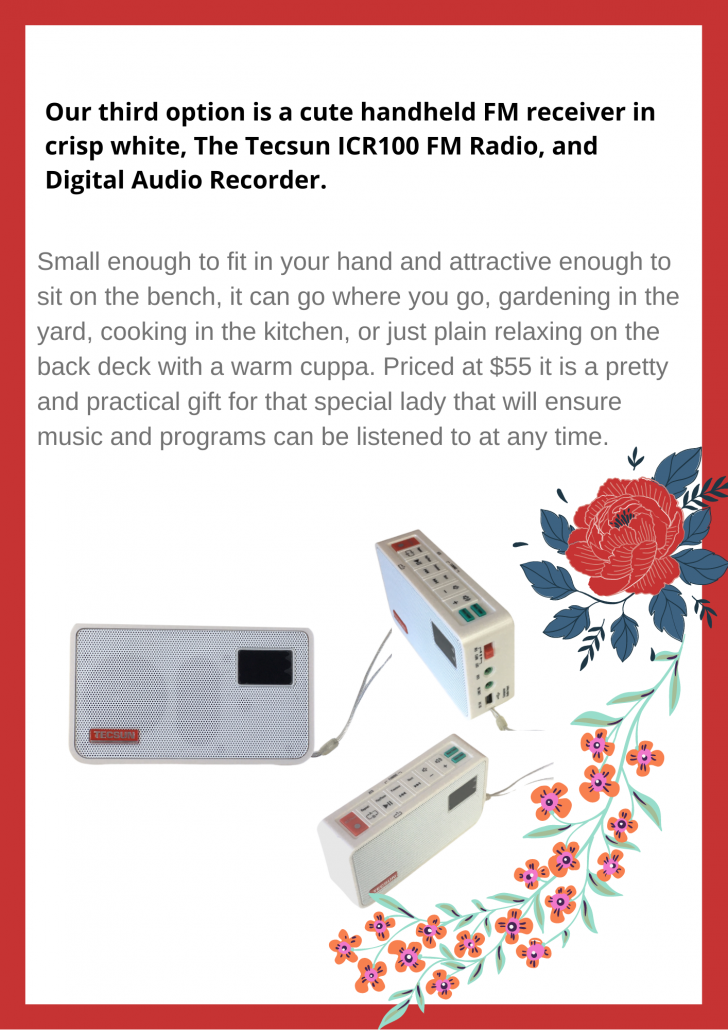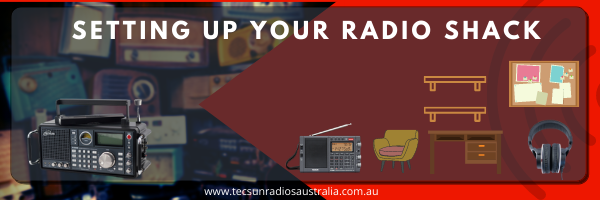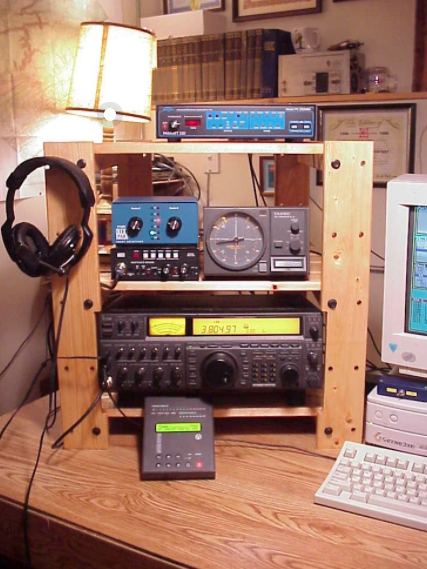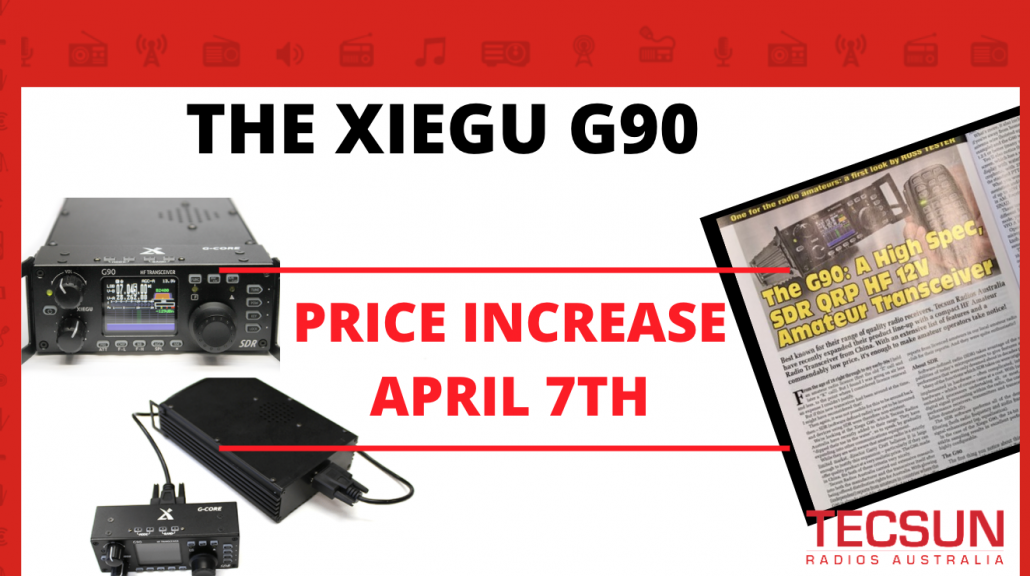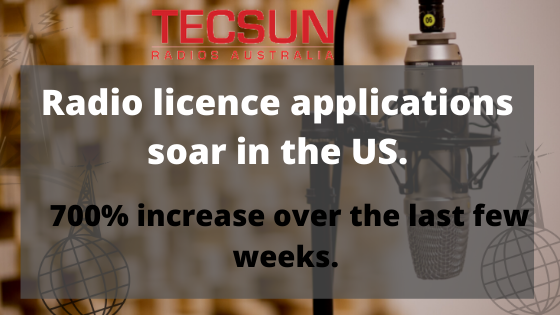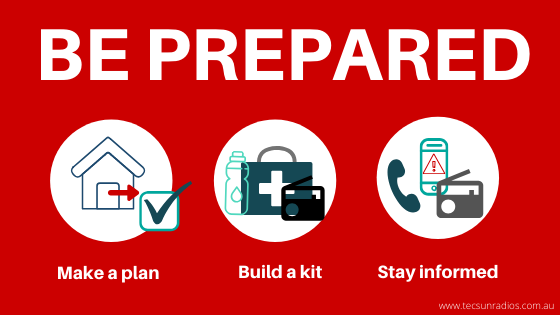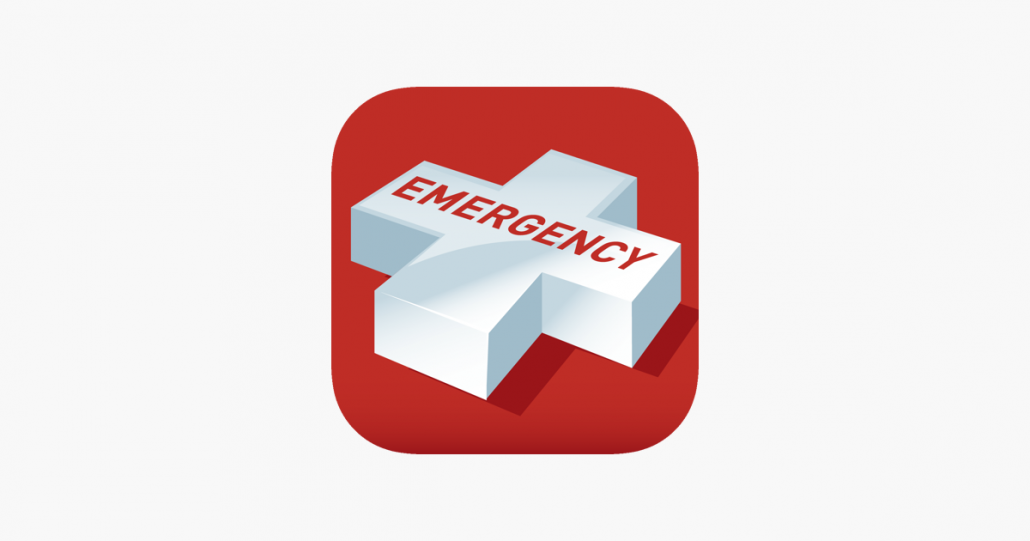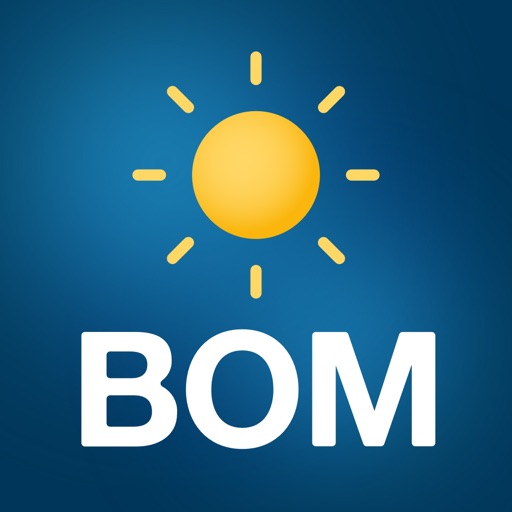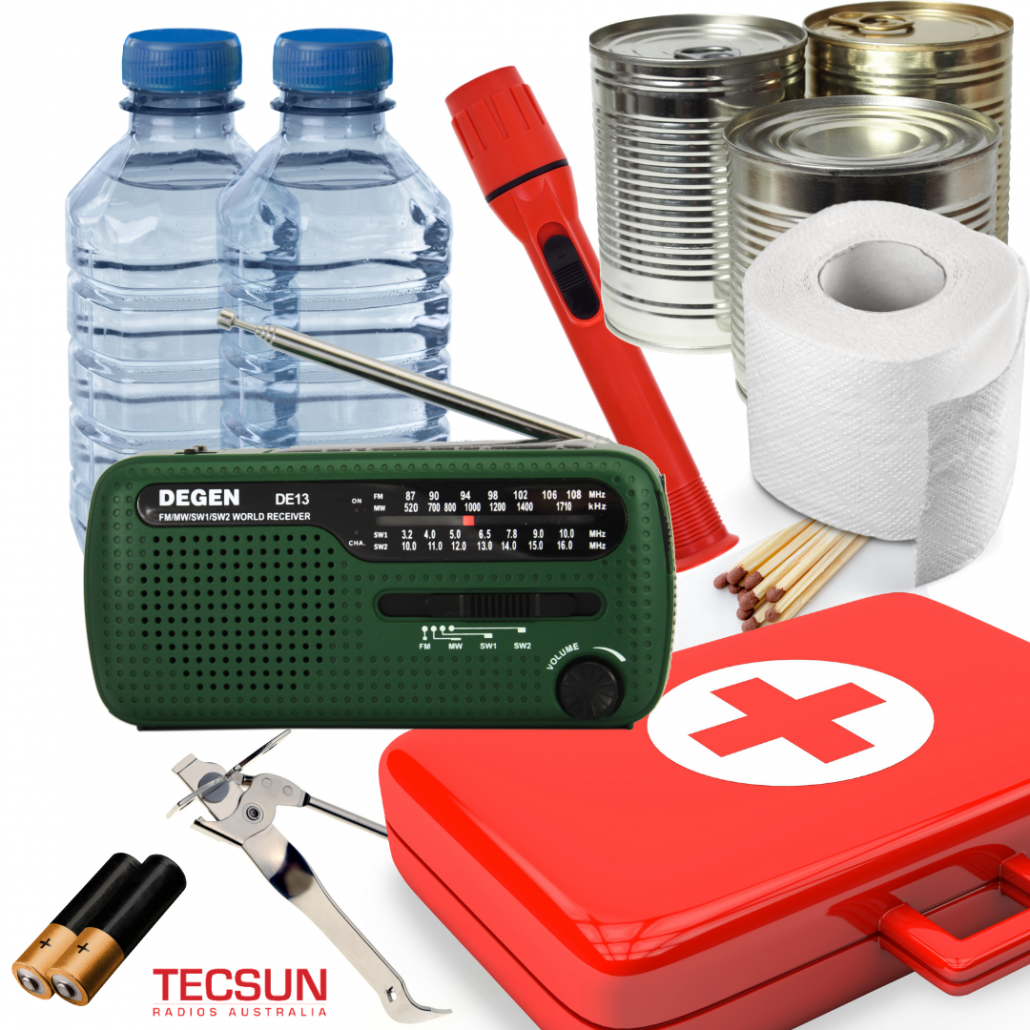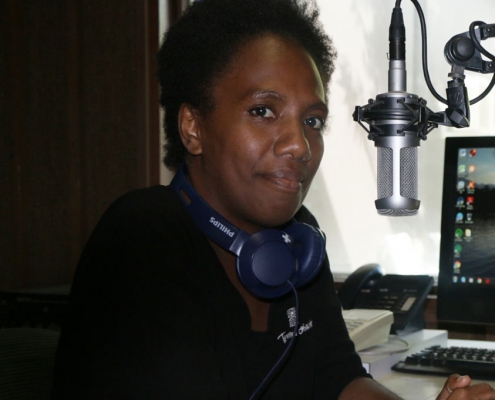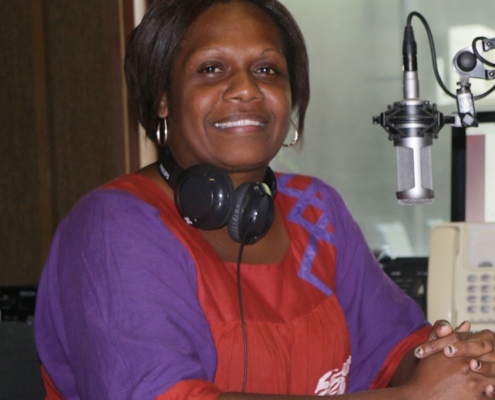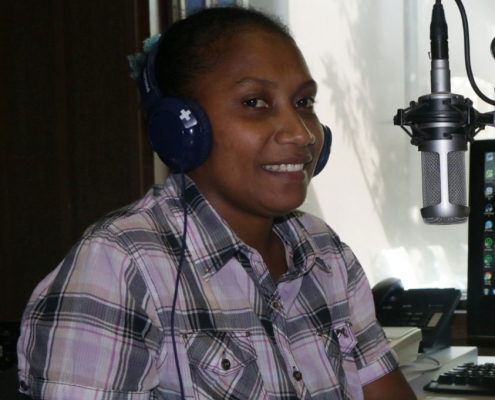Imagine being nestled in a remote cabin north of the Arctic Circle, surrounded by the icy expanse, with only the occasional glimpse of the sun. This is the backdrop for a heartfelt review from a seasoned shortwave listener who found comfort and connection through the Degen DE13DSP Emergency AM/FM/SW Solar Radio—our “cheap and cheerful” solution priced at just $52.50.
In this touching letter to the Tecsun Radios Australia Team, our customer shares how this little radio has become a lifeline in one of the most extreme environments on Earth. Despite the challenges of Arctic life, this radio—powered by the fleeting Arctic sun—has stood strong, delivering reliable performance where it matters most.
But the story doesn’t end there. Whether in the icy north or the subtropical warmth of Darwin, our customer has experienced firsthand the rugged durability and superior performance of our Tecsun radios. Join us as we delve into this incredible journey of resilience, connection, and the extraordinary reach of a simple radio.

“Dear The Tecsun Radios Australia Team
Greetings from an aged shortwave listener in a cabin north of the Arctic Circle! I’m writing to express my gratitude for the exceptional service I’ve received from your team.
I’ve been enjoying my Degen DE13DSP Emergency AM/FM/SW Solar Radio here in the Arctic, where the occasional sessional sun provides just enough power to keep the battery alive. The radio has been a reliable companion in this remote location.
When I’m back home in the subtropics of Darwin, I use my Tecsun S2000 and Tecsun PL 990 radios, both of which have exceeded my expectations. Your products truly stand up to the elements, whether in the icy north or the warm tropics.
I also wanted to mention how thrilled I was to receive the company T-shirt, which I proudly wear in the photo taken here in the Arctic. It’s a wonderful gesture that I deeply appreciate.
Thank you once again for your outstanding products and service. It’s rare to find such dedication and quality, and I’m grateful for all that you do.”



